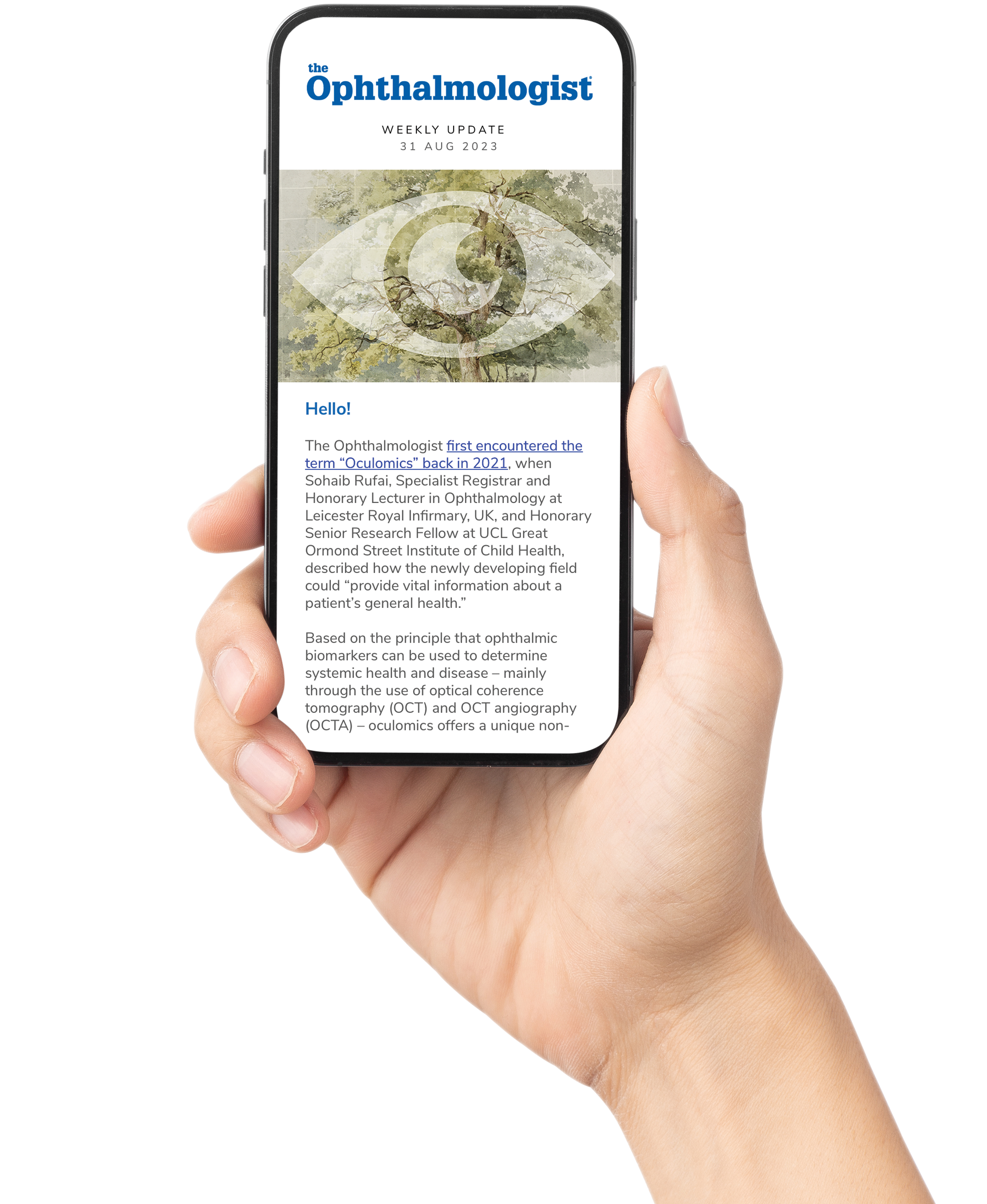
Two-photon imaging reveals heightened microglial activity in diabetic retina
Understanding the cellular changes that occur in diabetic retinopathy has long been limited by the inability to observe retinal immune dynamics in real time. In a recent study published in PNAS, Kobe University researchers have introduced an innovative transpupillary in vivo two-photon microscopy system that allows high-resolution, real-time imaging of retinal microglia — the immune sentinels of the central nervous system — through the intact eye of a living mouse.
The authors designed a stable, minimally invasive setup combining systemic head fixation, a custom-made polymethyl methacrylate (PMMA) contact lens, and a glycerin immersion objective with a long working distance and high numerical aperture. This configuration enabled clear, depth-resolved imaging of the retinal neurovascular unit (NVU) without the need for complex adaptive optics. The technique achieved lateral and axial resolutions of 1.38 µm and 19.8 µm, respectively — comparable to advanced adaptive optics systems — and was successfully used to visualize dynamic microglial activity surrounding retinal vasculature.
Using this system, the team investigated microglial morphology and motility in a streptozotocin (STZ)-induced mouse model of diabetes. While the density of retinal microglia remained stable, diabetic mice exhibited hallmark morphological changes: enlarged cell bodies and shortened, less ramified processes — indicative of activation. More strikingly, time-lapse imaging revealed enhanced surveillance behavior: microglial processes in diabetic retinas moved faster, covered larger territories, and retracted more rapidly than those in controls. These findings suggest that hyperglycemia induces a state of heightened immune vigilance, potentially preceding vascular and neuronal damage typical of early diabetic retinopathy.
The researchers next tested whether this altered activity could be modulated pharmacologically. Treatment with liraglutide, a glucagon-like peptide-1 (GLP-1) receptor agonist used for diabetes and obesity, reversed the hyperactive surveillance patterns without altering blood glucose levels. Microglial process movement and territory dynamics in liraglutide-treated diabetic mice closely resembled those of non-diabetic controls, suggesting a glucose-independent neuroprotective effect. Confocal analyses confirmed a concurrent reduction in CD68 immunoreactivity — a marker of microglial phagocytic activation — implying a return to a more homeostatic state.
The study not only introduces a more accessible platform for noninvasive, high-resolution retinal imaging, but also highlights the role of microglial dysregulation as an early event in diabetic retinal pathology. The ability to visualize dynamic immune behavior in vivo offers new opportunities for monitoring disease progression and assessing therapeutic interventions in real time. Moreover, the finding that liraglutide modulates microglial motility suggests potential off-target benefits of GLP-1 receptor agonists in protecting the neurovascular unit — reinforcing the concept of diabetic retinopathy as a neuroinflammatory disease.
As the authors note in their paper, this novel imaging approach could offer "a valuable resource for visual neuroscience research, and holds great potential for clinical applications, particularly in the early diagnosis, intervention, and monitoring of retinal diseases."
The authors designed a stable, minimally invasive setup combining systemic head fixation, a custom-made polymethyl methacrylate (PMMA) contact lens, and a glycerin immersion objective with a long working distance and high numerical aperture. This configuration enabled clear, depth-resolved imaging of the retinal neurovascular unit (NVU) without the need for complex adaptive optics. The technique achieved lateral and axial resolutions of 1.38 µm and 19.8 µm, respectively — comparable to advanced adaptive optics systems — and was successfully used to visualize dynamic microglial activity surrounding retinal vasculature.
Using this system, the team investigated microglial morphology and motility in a streptozotocin (STZ)-induced mouse model of diabetes. While the density of retinal microglia remained stable, diabetic mice exhibited hallmark morphological changes: enlarged cell bodies and shortened, less ramified processes — indicative of activation. More strikingly, time-lapse imaging revealed enhanced surveillance behavior: microglial processes in diabetic retinas moved faster, covered larger territories, and retracted more rapidly than those in controls. These findings suggest that hyperglycemia induces a state of heightened immune vigilance, potentially preceding vascular and neuronal damage typical of early diabetic retinopathy.
The researchers next tested whether this altered activity could be modulated pharmacologically. Treatment with liraglutide, a glucagon-like peptide-1 (GLP-1) receptor agonist used for diabetes and obesity, reversed the hyperactive surveillance patterns without altering blood glucose levels. Microglial process movement and territory dynamics in liraglutide-treated diabetic mice closely resembled those of non-diabetic controls, suggesting a glucose-independent neuroprotective effect. Confocal analyses confirmed a concurrent reduction in CD68 immunoreactivity — a marker of microglial phagocytic activation — implying a return to a more homeostatic state.
The study not only introduces a more accessible platform for noninvasive, high-resolution retinal imaging, but also highlights the role of microglial dysregulation as an early event in diabetic retinal pathology. The ability to visualize dynamic immune behavior in vivo offers new opportunities for monitoring disease progression and assessing therapeutic interventions in real time. Moreover, the finding that liraglutide modulates microglial motility suggests potential off-target benefits of GLP-1 receptor agonists in protecting the neurovascular unit — reinforcing the concept of diabetic retinopathy as a neuroinflammatory disease.
As the authors note in their paper, this novel imaging approach could offer "a valuable resource for visual neuroscience research, and holds great potential for clinical applications, particularly in the early diagnosis, intervention, and monitoring of retinal diseases."
